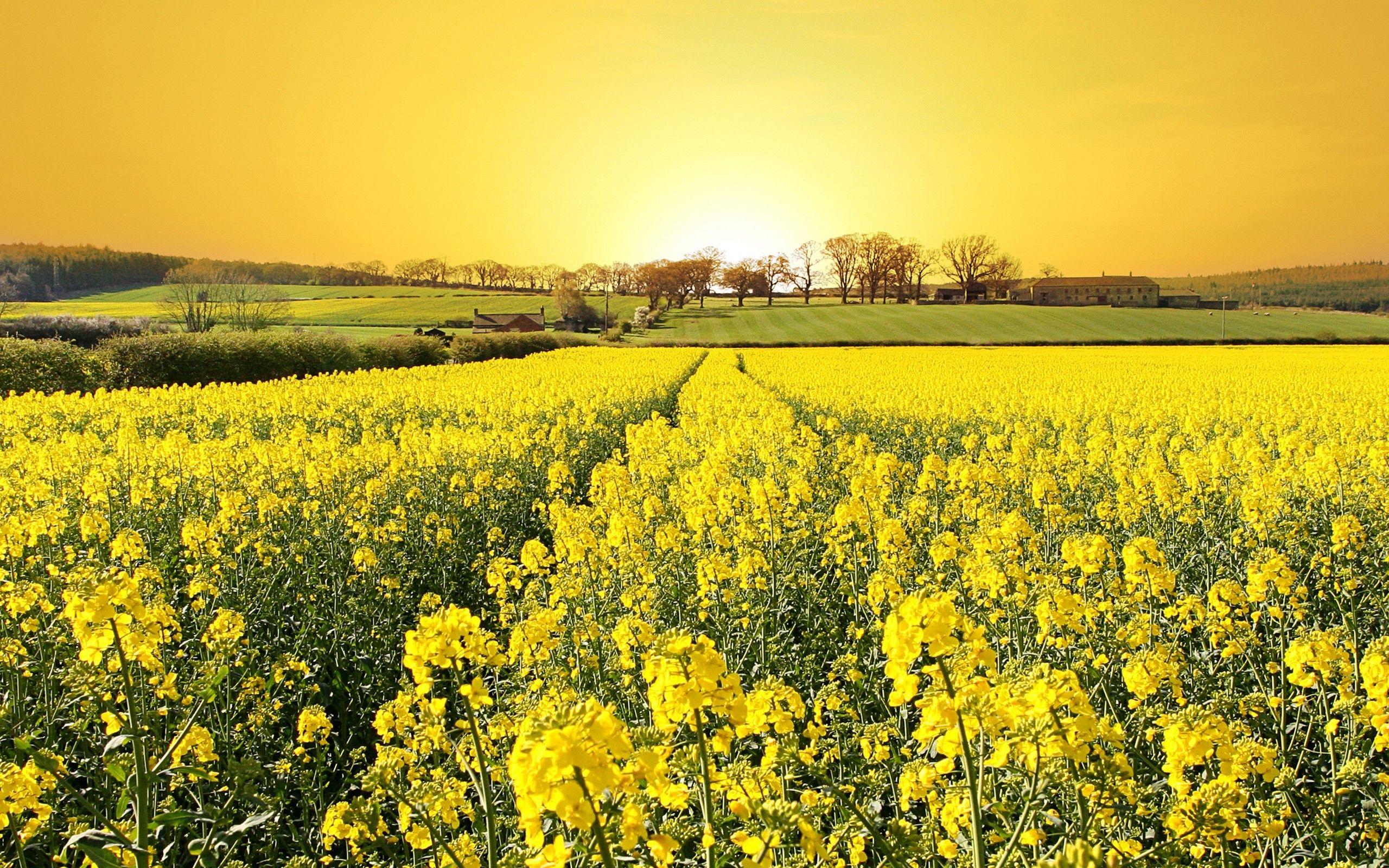
Yellow Canola Field Wallpapers Wallpaper Cave
Home / Canola Encyclopedia / Field characteristics Field characteristics Environmental parameters, such as soil, water and climatic conditions, along with management strategies, such as crop sequence, rotation and tillage options have major impacts on each field of canola.

Field Of Yellow Canola Free Stock Photo Public Domain Pictures
What is Canola? Canola is a crop with plants from three to five feet tall that produce pods from which seeds are harvested and crushed to create canola oil and meal. These plants also produce small, yellow flowers, which beautify the environment. Canola seeds contain about 45 percent oil.
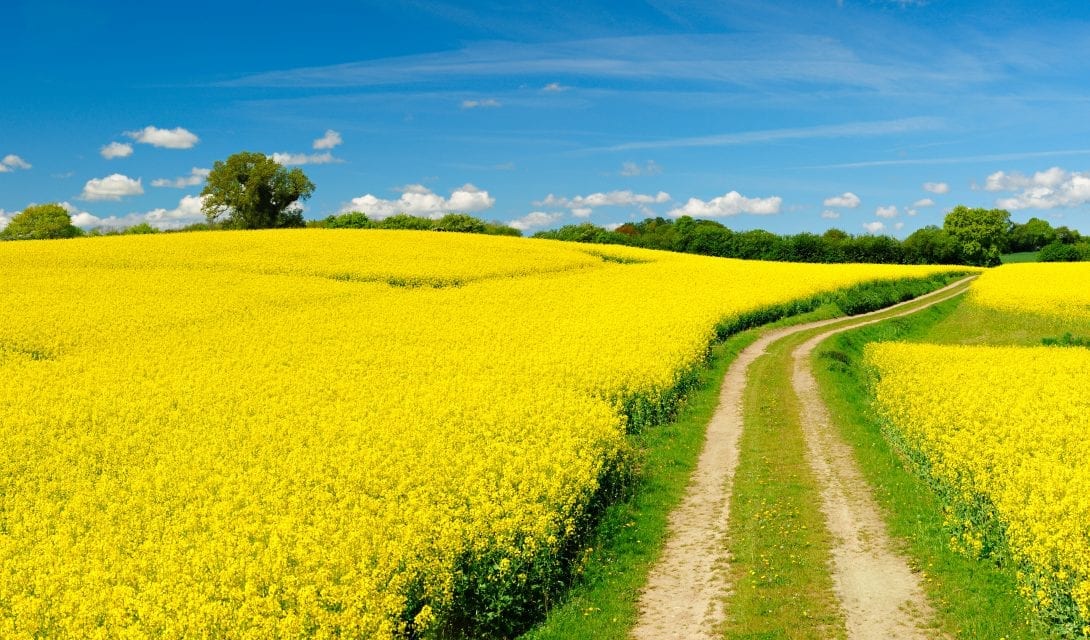
A Canola Pricing Strategy The Alberta Seed Guide
rapeseed, ( Brassica napus, variety napus ), plant of the mustard family (Brassicaceae) grown for its seeds, which yield canola, or rapeseed, oil. Canola oil is variously used in cooking, as an ingredient in soap and margarine, and as a lamp fuel (colza oil).
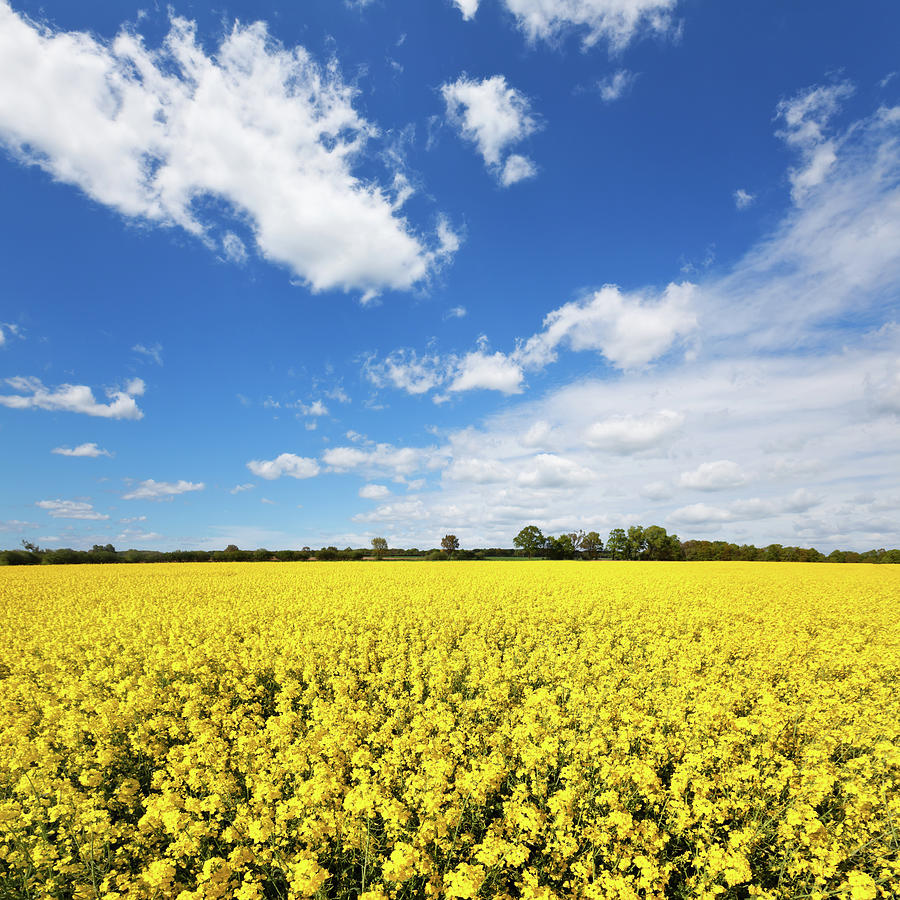
Canola Field by Cinoby
Canola field in Manitoba, Canada Rapeseed oil is one of the most commonly produced vegetable oils globally.. In 2019, world production of rapeseed oil was 24 million tonnes, led by Canada, China, and India as the largest producers, accounting together for 40% of the world total. Canada was the world's largest exporter of rapeseed oil in 2019, shipping 3.2 million tonnes or approximately 76% of.
Canola field in Southern Alberta, Canada. (4000x3000) (OC) r/EarthPorn
Canola is one of the major oilseed crops grown in the world, with most vegetable oil produced from canola seed used for cooking oil or as part of human food products such as crackers, chips, breads, and other foods containing vegetable oil.
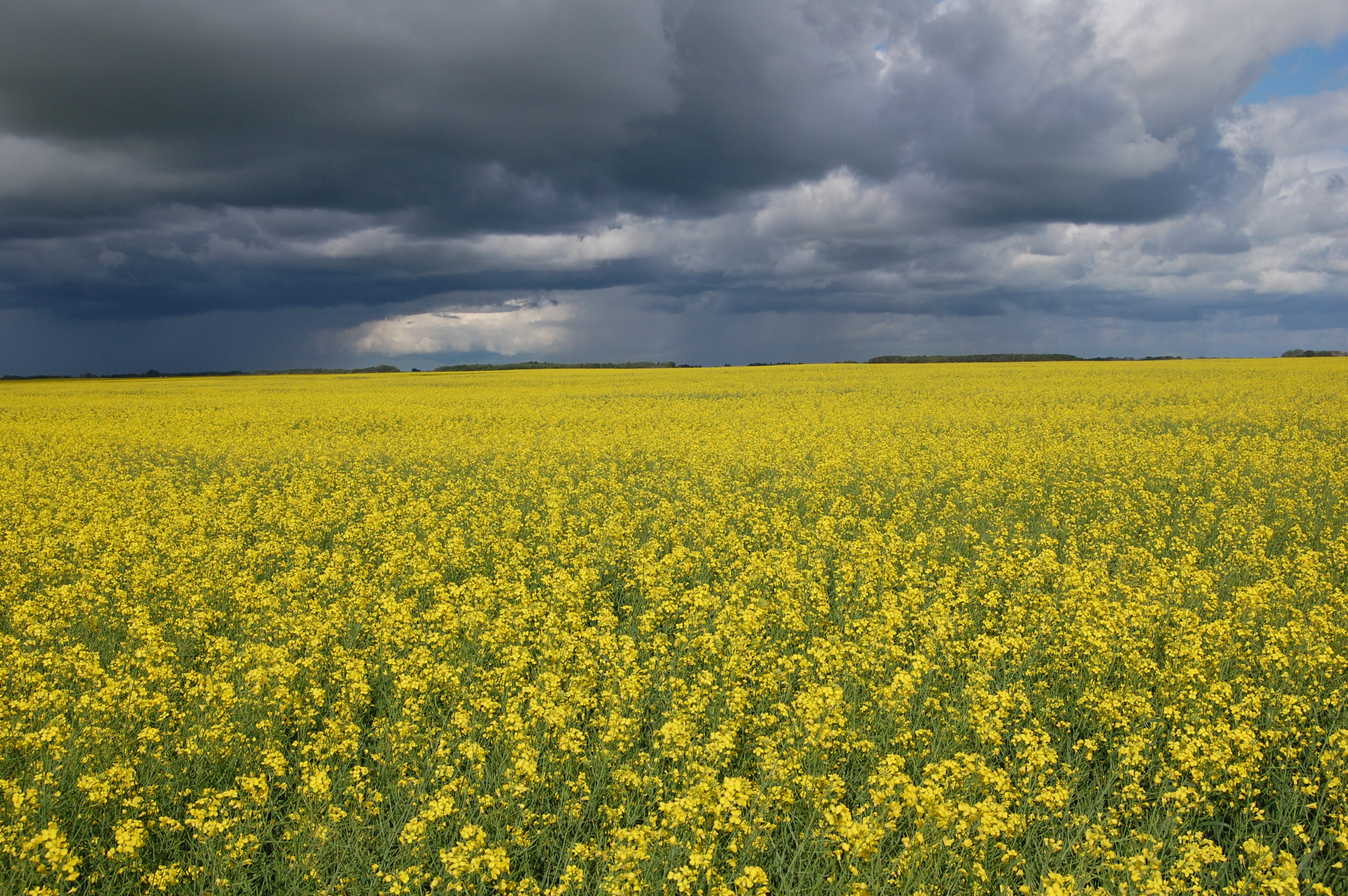
Yellow Canola Field Wallpapers Wallpaper Cave
Canola fields are expanding fast in Eastern Washington. Tue., Aug. 2, 2022. 1 of 3. A bright yellow field of canola is photographed on Thursday, July 14, 2022, near Kamiak Butte in Whitman County.
Canola Field in Tobermory [OC] ontario
Canola plants grow nearly every day of the growing season, from when they are planted until harvested. Growth begins with the seed, then leaves, stems, flowers, pods and seeds, in a cycle.
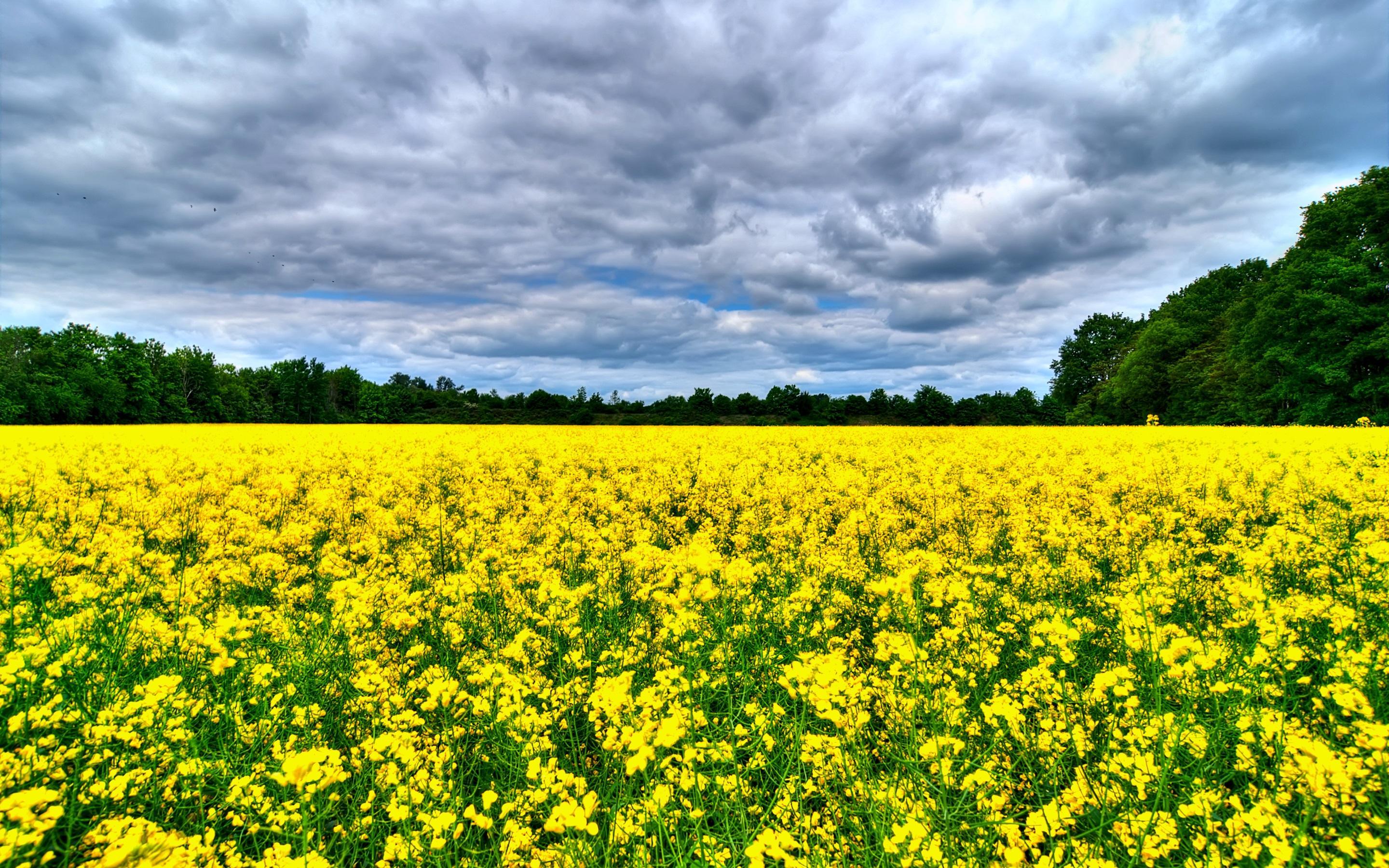
Yellow Canola Field Wallpapers Wallpaper Cave
Canola fields are expanding fast in Eastern Washington. A bright yellow field of canola is photographed on July 14 from Steptoe Butte north of Colfax. Canola acreage in Washington state has increased more than ten-fold in the past 10 years. PALOUSE — Travelers driving through the rolling hills of the Palouse this summer may have noticed more.
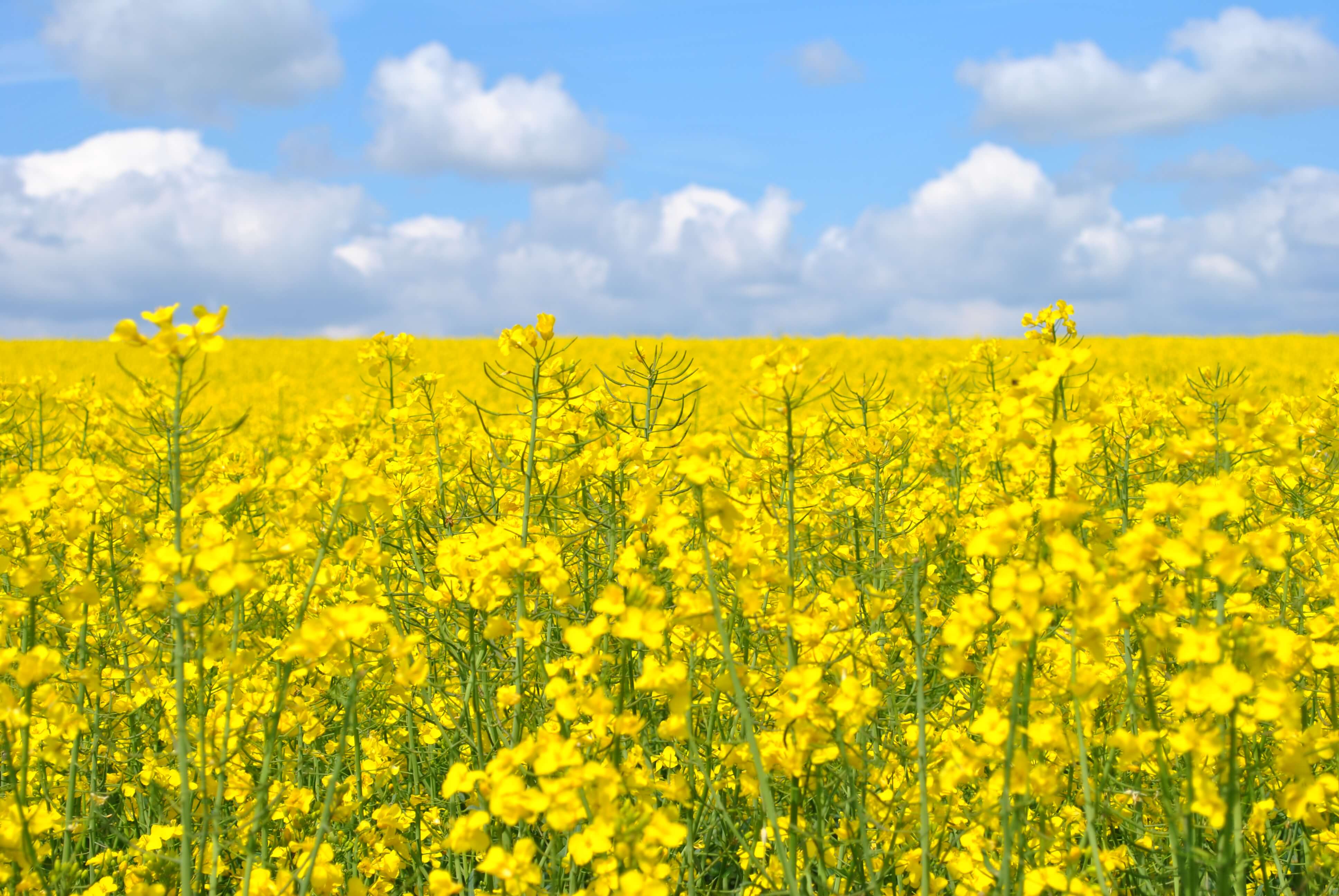
Canolafield Literacy Project
The fields of canola — also known as rapeseed — are used in the production of cooking oil. They're also as popular with bees as tourists and photographers, so beekeepers set up tents among.

Canola fields outside Caledon, Western Cape South Africa Places to
The North Dakota Canola production field guide provide producers with data on canola production information throughout the state. it addresses issues from hybrid selection, growth and fertilizing, disease, insect and weed control, harvesting and storing. Lead Author: Edited and compiled by Hans Kandel

Beautiful canola fields near Horsham Victoria Horsham victoria, Grand
Canola fields are also an excellent food source for honey bees. Canola produces flowers over a relative long period of time and these flowers produce high amounts of nectar. Like wheat, there are both winter and spring types of canola. Northern regions of the world with a harsh winter tend to produce spring types.
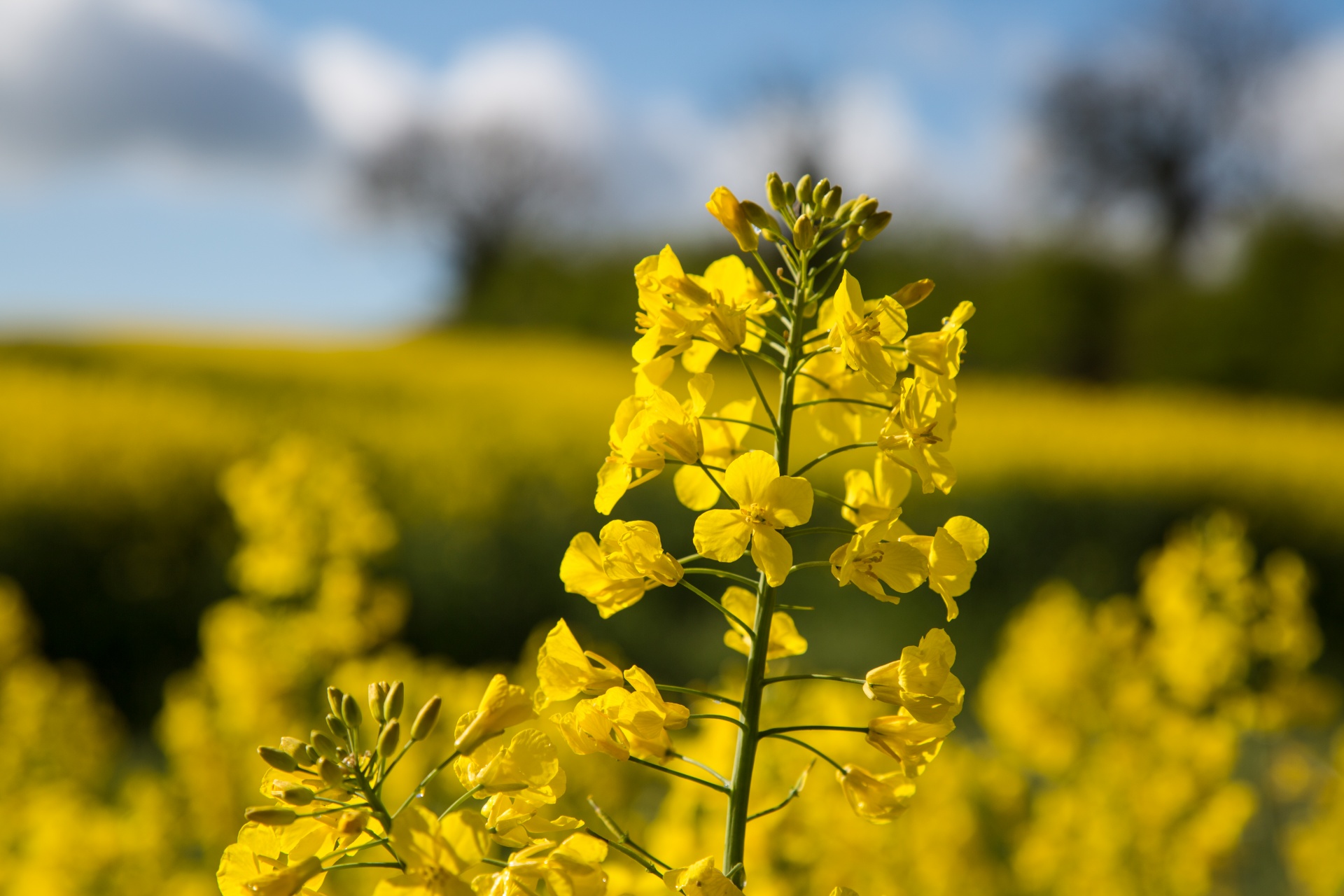
Field Of Yellow Canola Free Stock Photo Public Domain Pictures
Fields of golden yellow flowers have been popping up across southwestern Ontario, and one of them belongs to Harrow farmer Scott McLean. The winter canola plant — a crop best known to produce.
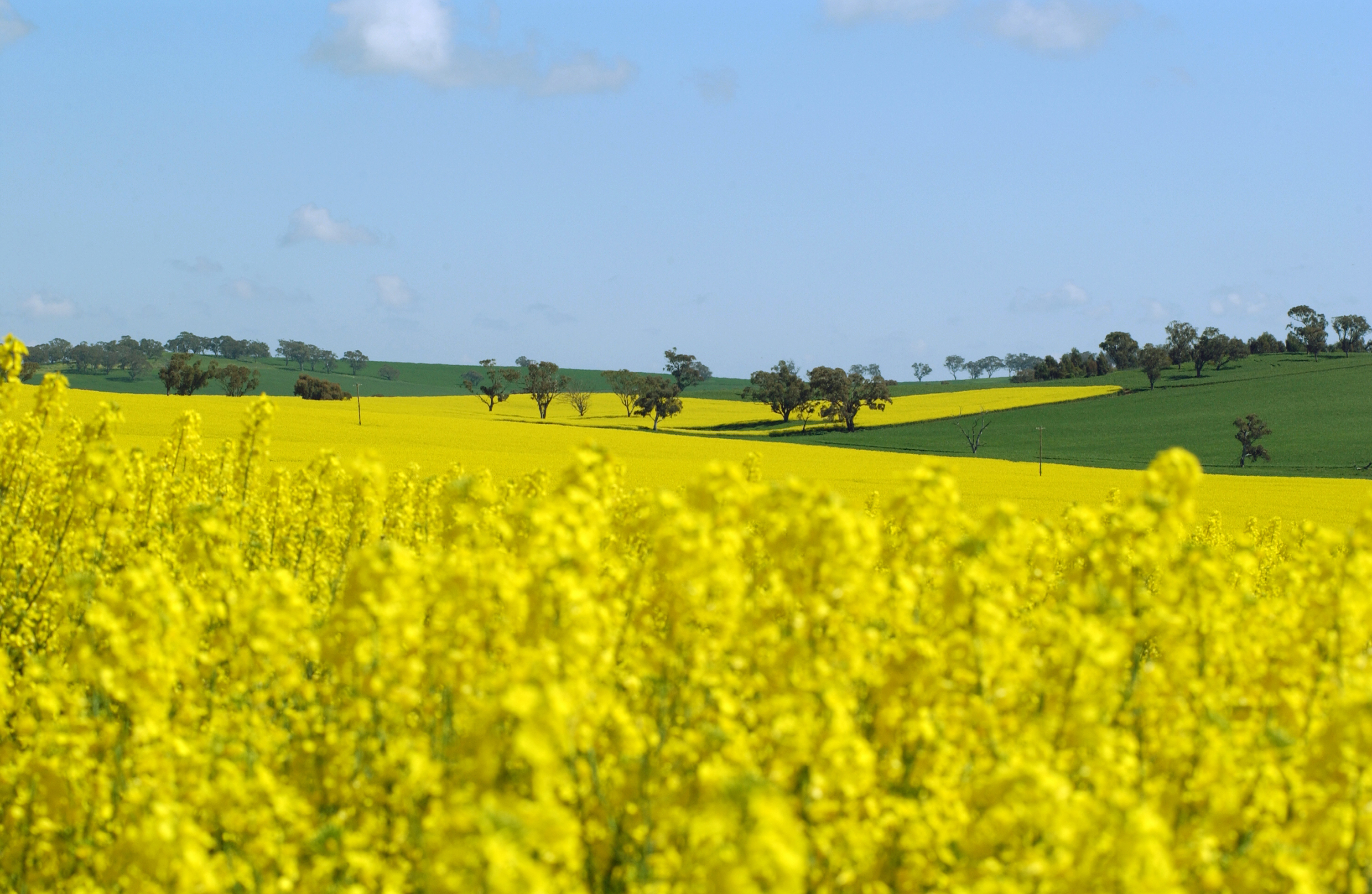
Canola fields forever the contribution of science and tech
Canola research in Canada is focused on the spring planted crop, and in spring canola we know that populations ranging from 5 to 20 plants/ft 2 will generally result in the same yield. Canola Council have summarized research trials and state "canola crops need 30-40 plants/m 2 (approx. 3 to 4 plants/ft 2) to maintain yield potential".
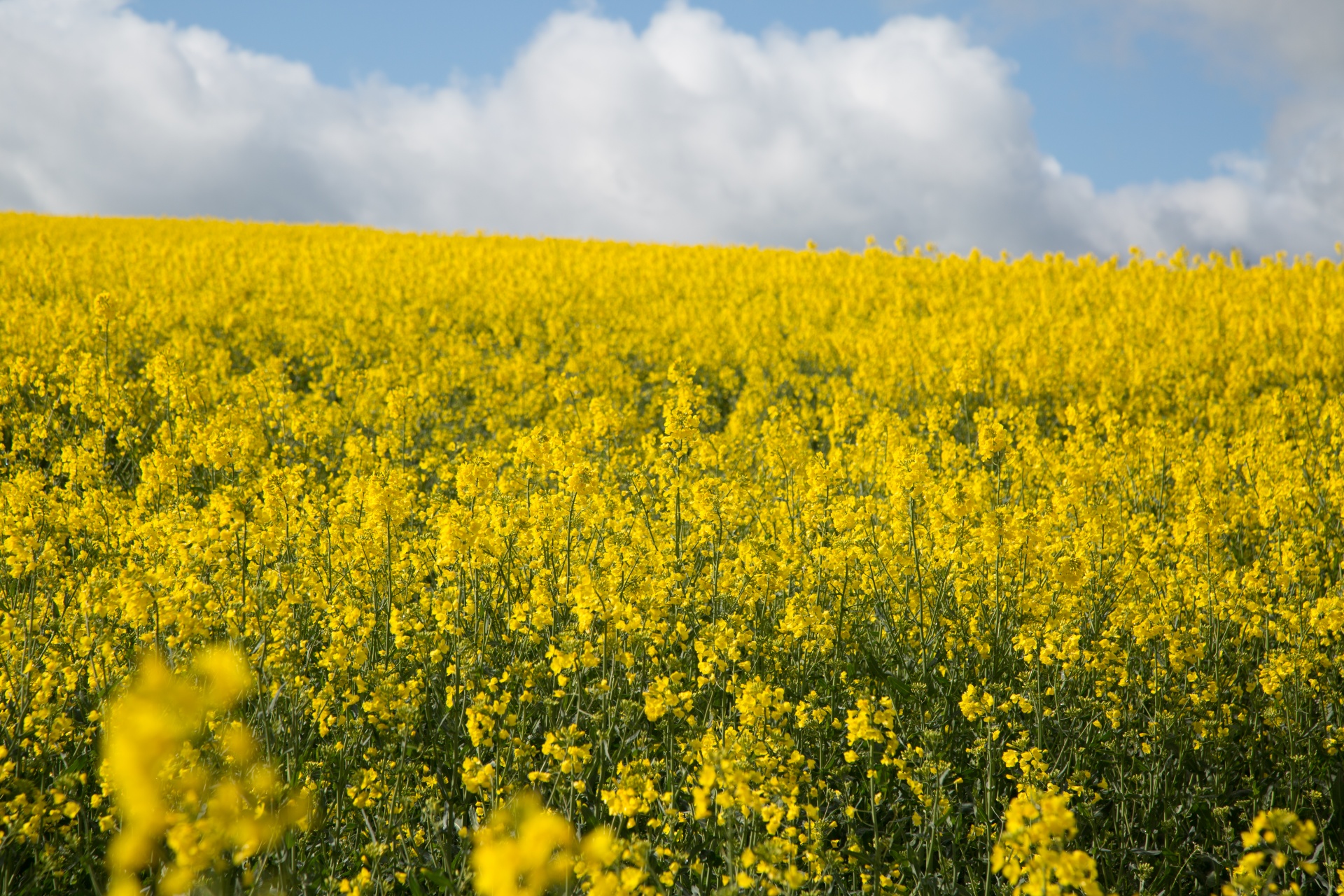
Field Of Yellow Canola Free Stock Photo Public Domain Pictures
(A1171, Reviewed July 2019) Publication File: Swathing and Harvesting Canola The timing of swathing canola is important for quality and yield. This publication provides information about the proper stage to swath canola and the effect of swathing time on yield, green seed and percent oil.
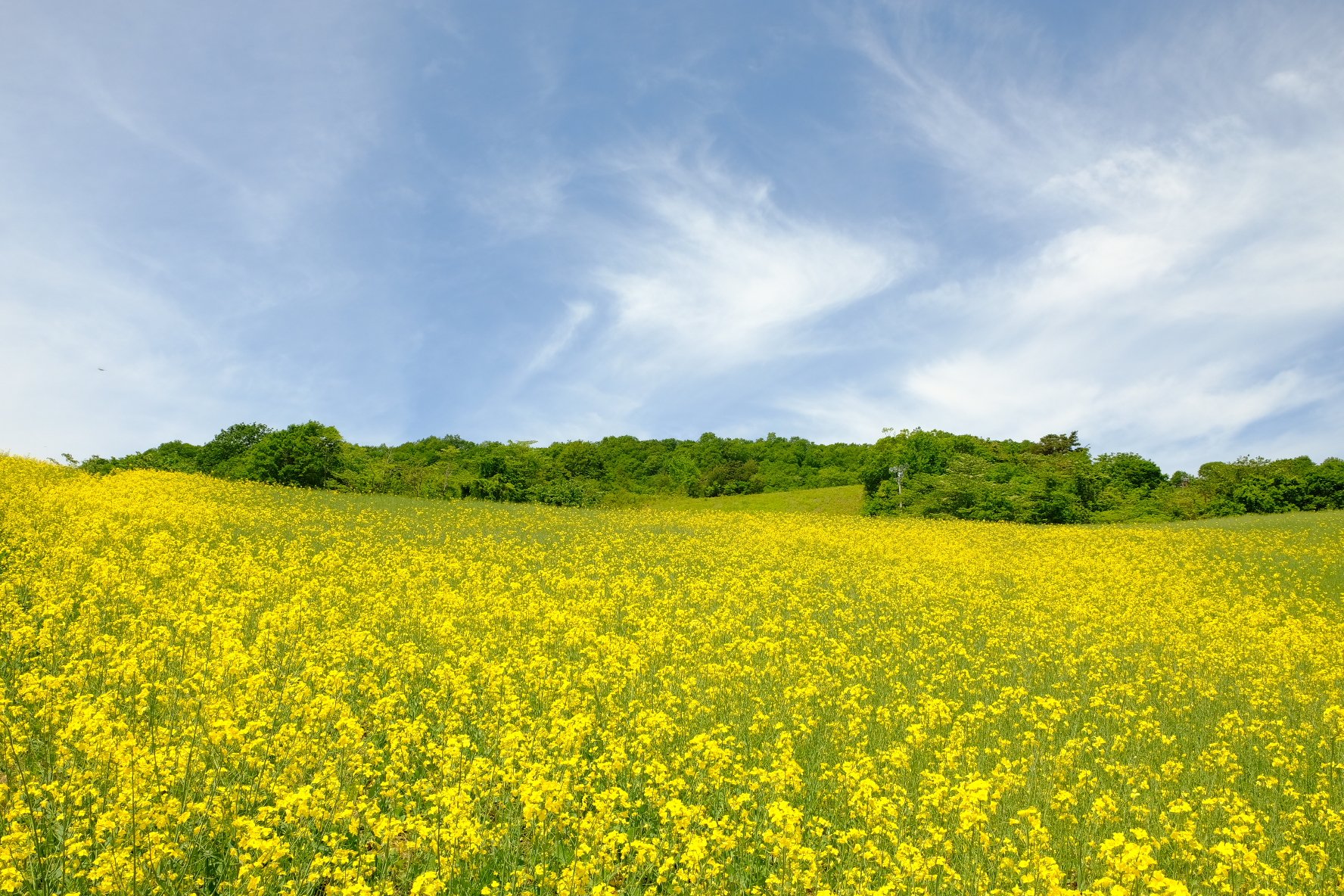
Field of Canola Flower spread in Sannokura Highland Tabimania Japan
The term "canola" denotes a group of rapeseed cultivars that were bred to have very low levels of erucic acid and which are especially prized for use as human and animal food. Rapeseed is the third-largest source of vegetable oil and the second-largest source of protein meal in the world. [2] [3] Description Under a microscope
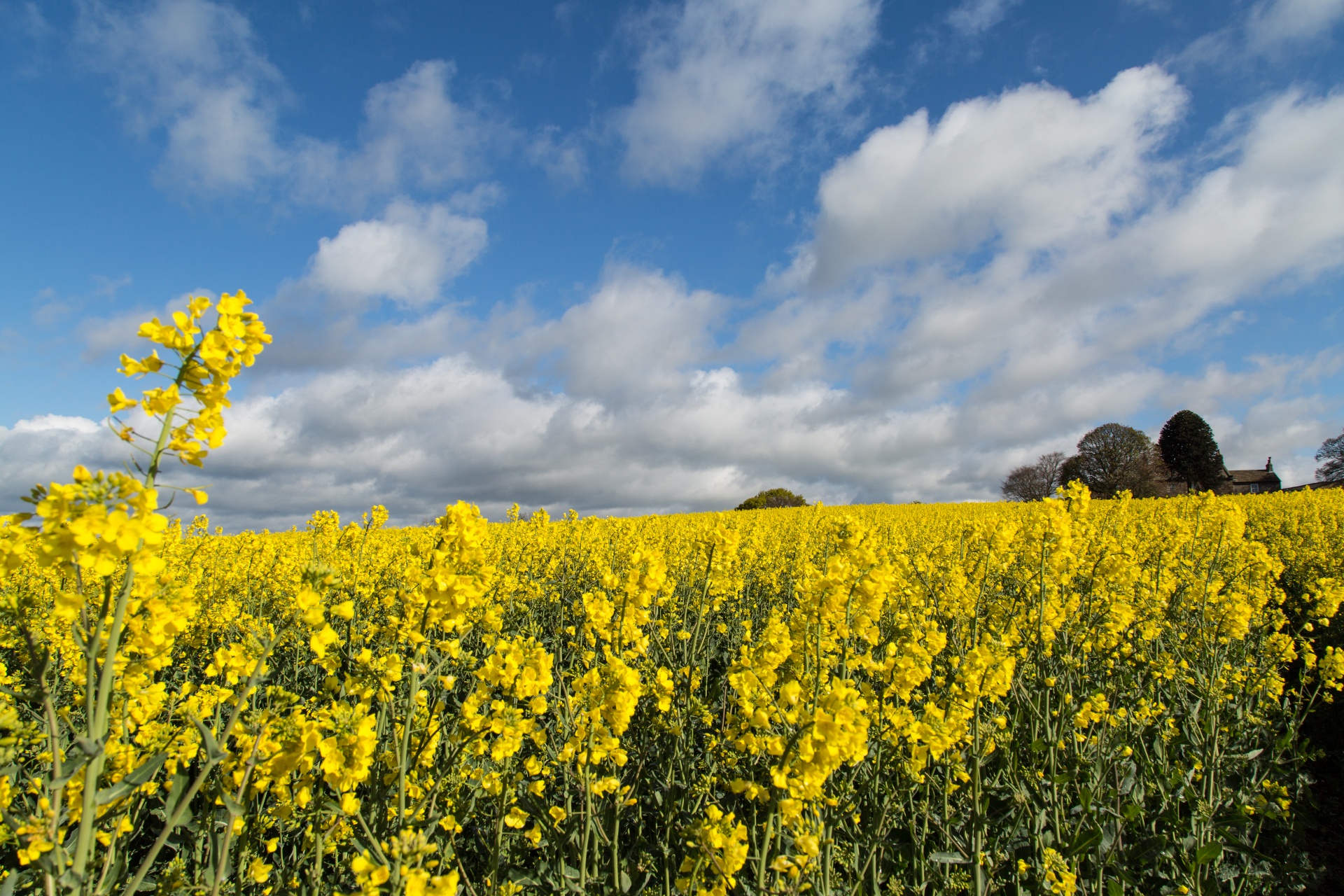
Field Of Yellow Canola Free Stock Photo Public Domain Pictures
July 23, 2019 Canola, a cultivar of rapeseed, is a member of the Brassica family, which includes cabbages and mustards. After flowering, canola plants produce brown oil-rich seeds that are about the size of poppies. When ground up, these seeds yield an oil that is widely used for cooking and high-protein meal used in animal feed.